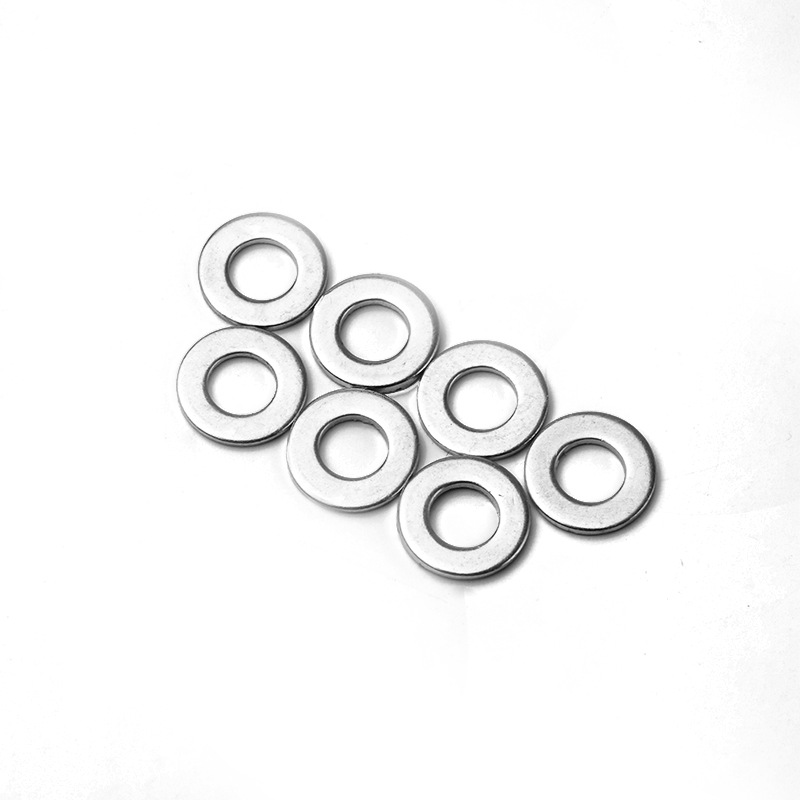

m16 flange nut
Aug . 30, 2024 20:45 Back to list
m16 flange nut
Understanding M16 Flange Nut A Comprehensive Overview
The M16 flange nut is an essential fastener in various construction and engineering applications. It derives its name from its M16 thread size, which indicates a nominal diameter of 16 millimeters. The flange, which is a thin plate that extends from the nut's body, offers several advantages that enhance its functionality and allow for better load distribution. In this article, we will explore the features, benefits, applications, and installation processes associated with M16 flange nuts.
Features of M16 Flange Nuts
M16 flange nuts typically boast a hexagonal shape, facilitating easy installation using standard tools like wrenches and ratchets. The flange acts as a built-in washer, helping to spread the load over a larger area, which prevents damage to the materials being fastened. The surface of the flange can vary, often coming in a serrated design to provide additional friction. This serrated surface helps in reducing the likelihood of the nut loosening due to vibration or dynamic loads.
Benefits of Using M16 Flange Nuts
One of the primary benefits of M16 flange nuts is their ability to improve assembly efficiency. The flange reduces the need for separate washers, simplifying the fastening process and saving valuable time on construction sites. Another benefit is the enhanced grip provided by the serrated surface. This grip mitigates the risk of loosening during operation, which is particularly important in high-vibration environments, such as automotive and machinery applications.
Moreover, M16 flange nuts promote better load distribution, which is crucial in preserving the integrity of the materials being fastened. This can lead to increased safety and longevity of structures, especially when dealing with heavy loads or critical applications. Additionally, these nuts are often made from durable materials like stainless steel or high-strength alloy steel, providing resistance against corrosion and ensuring a longer service life.
m16 flange nut

Applications of M16 Flange Nuts
M16 flange nuts find their use in a broad spectrum of industries. In the automotive sector, they are commonly employed in engine assemblies, suspension systems, and chassis components where a robust and reliable fastening solution is required. In construction, M16 flange nuts are utilized in steel framing, where they secure beams, columns, and other structural elements together.
Additionally, these nuts are often used in machinery applications, including conveyor systems, heavy equipment, and manufacturing processes. Their ability to handle high loads and vibrations makes them suitable for use in bridges and other infrastructure projects. They are equally valuable in DIY and home improvement projects, providing a strong and reliable fastening solution for various applications.
Installation Process
The installation of M16 flange nuts is straightforward yet requires attention to detail. First, ensure that the bolt or threaded rod used is compatible with the M16 size. Align the components that need to be fastened, ensuring that the flange side is facing the surface you wish to secure. Use a wrench to tighten the nut, applying torque as specified by manufacturer guidelines to avoid overtightening, which could damage the threads or the components being fastened.
Conclusion
In conclusion, the M16 flange nut is a versatile and efficient fastening solution suitable for a wide range of applications. Its unique features, including the flange design and serrated surface, provide numerous benefits, from improved load distribution to enhanced grip against loosening. As industries continue to evolve, the importance of reliable fasteners like the M16 flange nut remains paramount, ensuring safety and integrity in construction and machinery alike. Whether you are a professional engineer or a DIY enthusiast, understanding the utility of M16 flange nuts can significantly contribute to the success of your projects.
Latest news
-
High-Strength Hot Dip Galvanized Bolts - Hebei Longze | Corrosion Resistance, Customization
NewsJul.30,2025
-
Hot Dip Galvanized Bolts-Hebei Longze|Corrosion Resistance&High Strength
NewsJul.30,2025
-
High-Strength Hot-Dip Galvanized Bolts-Hebei Longze|Corrosion Resistance&High Strength
NewsJul.30,2025
-
Hot Dip Galvanized Bolts-Hebei Longze|Corrosion Resistance&High Strength
NewsJul.30,2025
-
Hot Dip Galvanized Bolts - Hebei Longze | Corrosion Resistance, High Strength
NewsJul.30,2025
-
High-Strength Hot Dip Galvanized Bolts-Hebei Longze|Corrosion Resistance, Grade 8.8
NewsJul.30,2025

